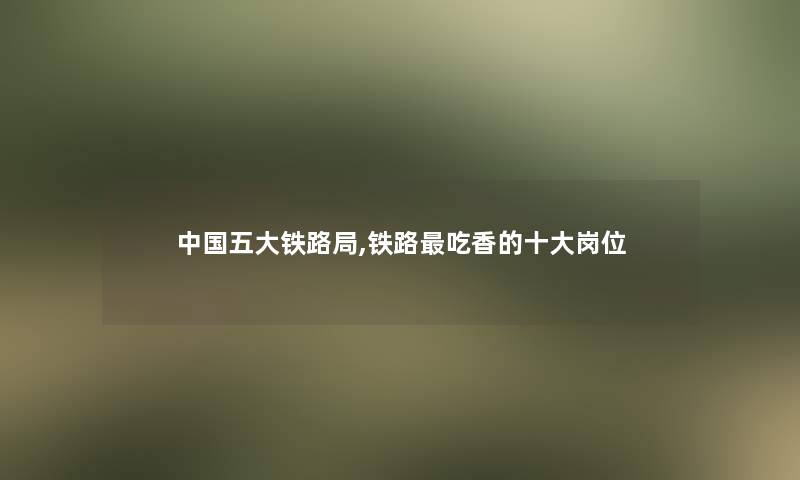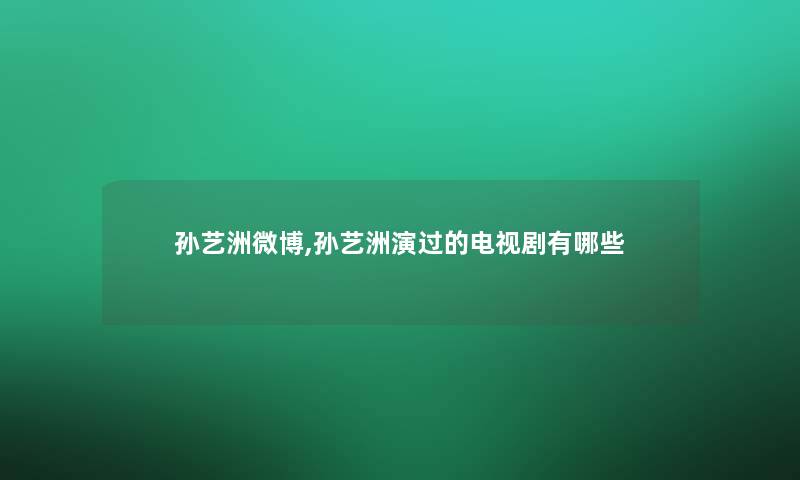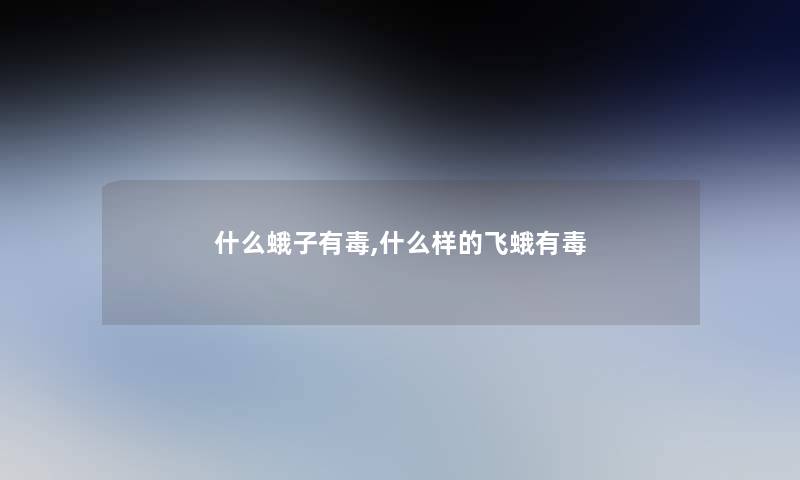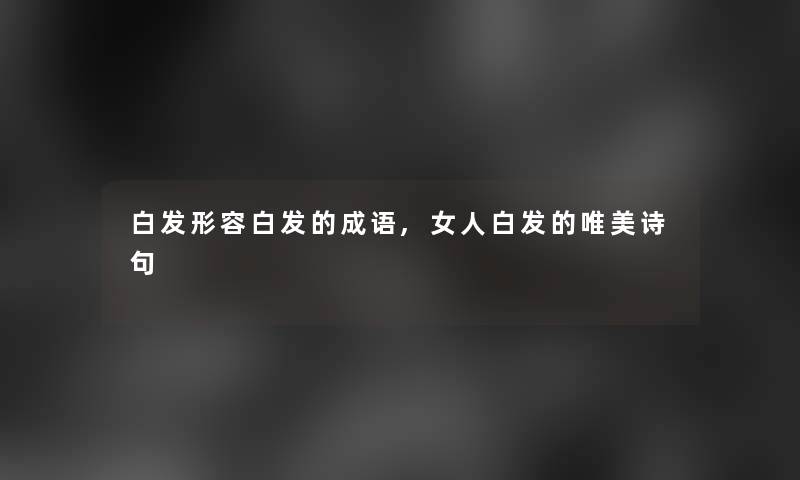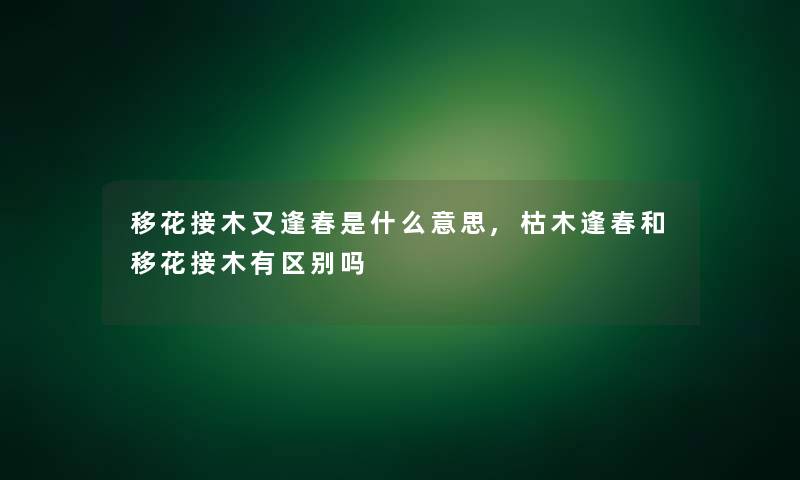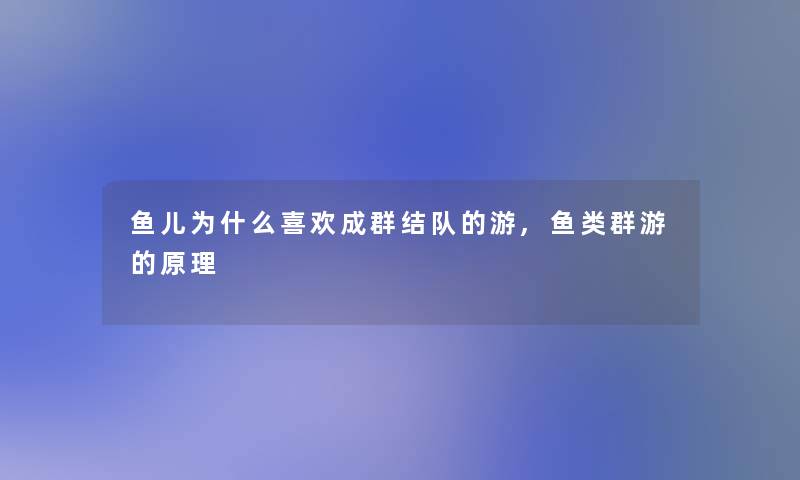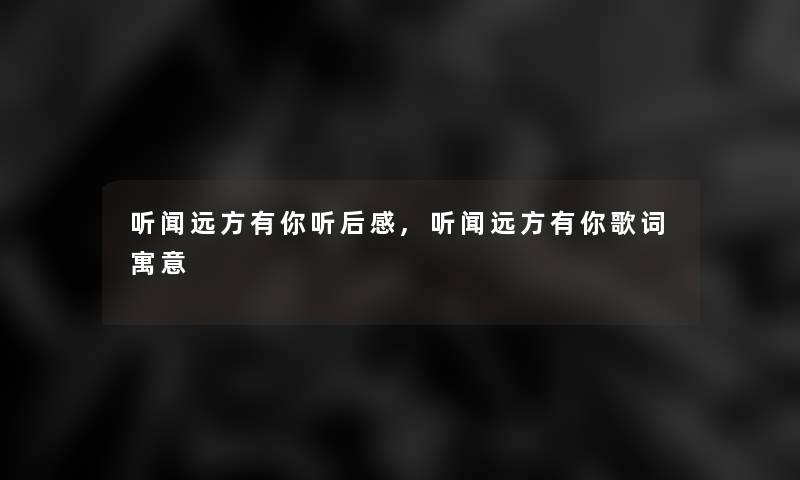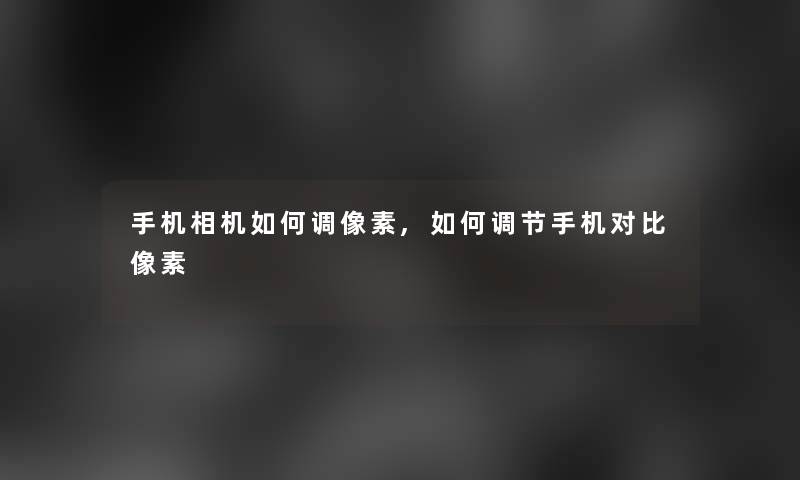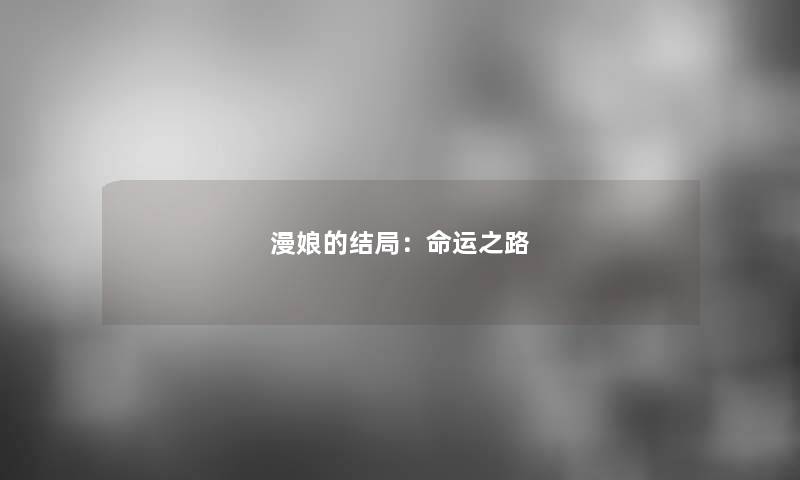What is a Comma and What Does it Look Like?
Comma, also known as a “pause” or “breath mark,” is one of the most commonly used punctuation marks in the English language. It is used to separate words, phrases, and clauses within a sentence, thereby making it easier to read and understand. The comma is a small, curved symbol that looks like a tiny “c” with a t网友l. It is usually placed between two words, but can also appear at the beginning or end of a sentence.

When to Use a Comma
Knowing when to use a comma can be a bit tricky, as there are many rules and exceptions to the rule. Here are some general guidelines:
- Use a comma to separate items in a list. For example: I need to buy apples, bananas, and oranges.
- Use a comma to separate two independent clauses joined by a coordinating conjunction (and, but, or, nor, for, yet, so). For example: I wanted to go to the movies, but it was too late.
- Use a comma to set off introductory words or phrases. For example: After the game, we went out to eat.
- Use a comma to set off nonessential information. For example: John, who is my neighbor, is a doctor.
- Do not use a comma to separate a subject and verb or a verb and its object. For example: She likes to dance.
The Importance of Using Commas Correctly
Using commas correctly is important because it can affect the meaning of a sentence. For example:
- Let’s eat, Grandma! (This means that Grandma should join us for a meal.)
- Let’s eat Grandma! (This means that we should eat Grandma for a meal.)
As you can see, a missing or misplaced comma can completely change the meaning of a sentence. Therefore, it is important to use commas correctly to avoid confusion and miscommunication.
Conclusion
The comma is a small but powerful punctuation mark that can greatly affect the meaning of a sentence. By following the rules and guidelines for using commas correctly, you can make your writing clearer and easier to understand.
Key Takeaways:
Comma, punctuation, guidelines.

